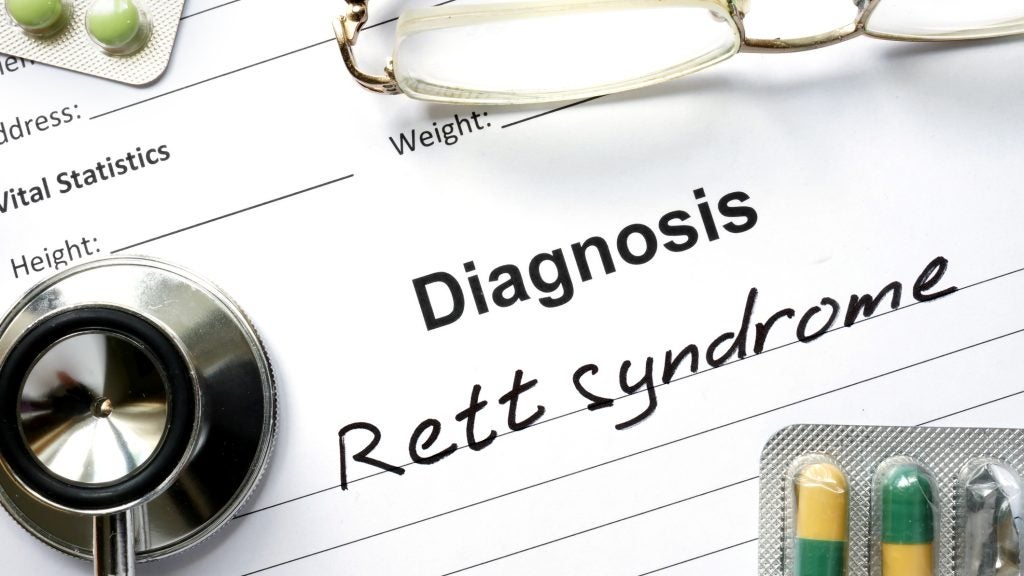Arbutus Biopharma has patented a method to reduce infusion reactions during intravenous administration of lipid formulated therapeutic agents in mammals. The method involves administering a nonsteroidal anti-inflammatory drug along with the therapeutic agent. The patent specifies the use of ketorolac and lipid nanoparticles containing nucleic acids, polypeptides, or organic compounds. GlobalData’s report on Arbutus Biopharma gives a 360-degree view of the company including its patenting strategy. Buy the report here.
According to GlobalData’s company profile on Arbutus Biopharma, Peptide pharmacophores was a key innovation area identified from patents. Arbutus Biopharma's grant share as of February 2024 was 35%. Grant share is based on the ratio of number of grants to total number of patents.
Method of treating infusion reaction with lipid formulated therapeutic agent
A recently granted patent (Publication Number: US11904052B2) discloses a method for ameliorating infusion reactions associated with the intravenous administration of lipid-formulated therapeutic agents in mammals. The method involves administering a nonsteroidal anti-inflammatory drug (NSAID), specifically ketorolac, in combination with the lipid-formulated therapeutic agent. The lipid formulation includes a nucleic acid, polypeptide, or organic compound formulated in a lipid nanoparticle (LNP) containing a cationic lipid and a non-cationic lipid. The infusion reactions targeted by this method include hypertension, hypotension, and an increase in plasma thromboxane B2 levels.
The administration of the NSAID, ketorolac, typically begins within about 2 hours prior to the intravenous administration of the lipid-formulated therapeutic agent. The dosage of ketorolac administered ranges from about 15 mg to 60 mg, with a preferred range of 30 mg to 60 mg. Additionally, the lipid-formulated therapeutic agent can be an antibody, siRNA, or mRNA, with specific mention of siRNA and mRNA in the claims. The method also allows for the administration of additional therapeutic agents, such as dexamethasone, to further enhance the amelioration of infusion reactions. The NSAID can be administered parenterally, intravenously, intramuscularly, or subcutaneously, providing flexibility in the delivery of the treatment regimen.
To know more about GlobalData’s detailed insights on Arbutus Biopharma, buy the report here.
Premium Insights
From

The gold standard of business intelligence.
Blending expert knowledge with cutting-edge technology, GlobalData’s unrivalled proprietary data will enable you to decode what’s happening in your market. You can make better informed decisions and gain a future-proof advantage over your competitors.






